
Grumman F9F-5 Panther, The US Navy intended to convert its …
4.9 (364) In stock

4.9 (364) In stock
The US Navy intended to convert its fighter squadrons to all-jet powered aircraft as soon as possible at the end of World War II, and days after V-J Day, the service issued a requirement for a two-seat, twin-engined nightfighter with radar. Grumman, which had already begun production of the propeller-driven F7F Tigercat nightfighter, submitted a similar design with four engines. The Navy liked Douglas’ F3D Skyknight proposal more, but ordered two XF9F-1 Panther prototypes in case the Skyknight failed. The contract was cancelled after the Skyknight proved to be the better design, but Grumman had already been working on an alternative: a single-engined, single-seat fighter powered by the very successful Rolls-Royce Nene turbojet. The Navy was interested in this design, and despite having little in common with the XF9F-1, prototypes were ordered as the XF9F-2. The first production F9F-2 Panther flew in November 1947, and Grumman identified a few minor problems with the design, which included instability and insufficient range. The former was cured by enlarging the tail, while the latter was solved by adding permanently-attached tiptanks; accidentally, this was found to improve the Panther’s performance by increasing its roll rate. When the Korean War broke out in June 1950, the carrier USS Valley Forge was enroute to Japan with two squadrons of F9F-2s. These were immediately committed to combat operations, and the Panther soon gained a reputation for accurate bombing and typical Grumman resilience to battle damage. Unlike the USAF, which still used mainly machine guns as armament, the Navy had gone to all-cannon armament on its fighters soon after World War II, which gave the Panther a heavier punch. Though the Panther scored the first jet fighter kill in US Navy history in July 1950 over a North Korean Yak-9, it soon found itself in combat against the MiG-15. Ironically, the MiG-15 used the same powerplant as the F9F-2, but had all the advantages in air combat: unlike the straight-winged Panther, the MiG-15 had swept wings, making it faster and more maneuverable. However, the F9F was far from helpless, and in combat during the Korean War and immediately after, eight MiG-15s fell to Panther guns for the loss of only two Panthers in air combat; the last Panther kills were scored by Lieutenant Royce Williams against Soviet MiG-15s over the Sea of Japan in 1954. In response to the Navy’s request for a longer-ranged Panther able to carry more bombs, Grumman began work first on the F9F-4 and then the most numerous Panther variant, the F9F-5. Both aircraft had a longer fuselage and larger tail, but the F9F-5 used the more powerful J48 turbojet, a license-built version of the Rolls-Royce Tay. Unlike the F9F-2, which had been modified initially for Marine use as a fighter-bomber (the F9F-2B) and later retrofitted with hardpoints, the F9F-5 was designed from the start to carry rockets and bombs. These aircraft also were given wing fences to reduce landing speeds. F9F-5s saw service in the balance of the Korean War, arriving in 1952 and replacing the F9F-2. Some F9F-5s were modified with camera noses and had the cannon removed, as F9F-5P reconnaissance aircraft. Panthers in both Navy and Marine service saw extensive action, becoming the preferred attack aircraft of Navy fighter squadrons over Korea: Marine F9Fs were used to cover the epic Chosin Reservoir retreat in 1951, while Navy Panthers successfully destroyed railway bridges at Songjin, delaying the Chinese advance on Seoul. After the end of the Korean conflict, however, the Panther’s obsolete straight wings were to doom it to early retirement. Grumman had already begun work on a heavily modified Panther with swept wings and a redesigned fuselage, which became the F9F-6 Cougar series. Cougars rapidly replaced Panthers in frontline service, and by 1958 even Naval Reserve units had retired the aircraft. Most were converted to drones and expended afterwards. Only one foreign nation, Argentina, received Panthers; these aircraft served from 1958-1969 before being grounded for a lack of spare parts, and were the last operational F9Fs left in the world. 1382 Panthers were built, and today a few dozen remain, mostly in museums, though there are at least two flyable examples. One of Dad

Artifact of History: Grumman F9F-5 Panther print signed by Korean

Tailhook Topics Drafts: 2014

Grumman F9F Panther and Cougar 3D Model $34 - .obj .fbx .max - Free3D
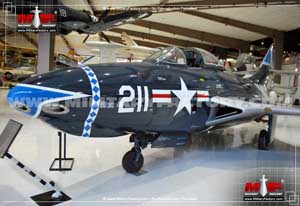
Grumman F9F Cougar Carrier-Borne Fighter Aircraft

MB Us Navy Jet Fighters, PDF, Aviation
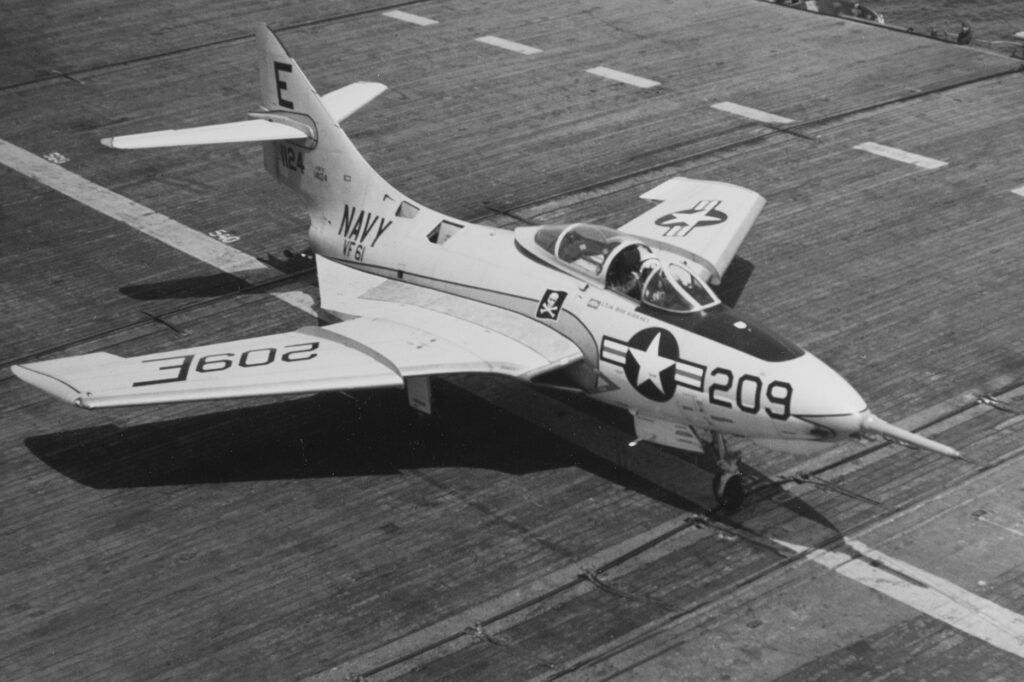
Defining The Jet
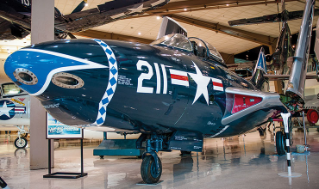
F9F-6 Cougar

1:72 Grumman G-79B/F9F-1 JetCat; aircraft 307/S of the…

Big Cat Progression

Grumman F9F Panther - Wikipedia

Big Cat Progression
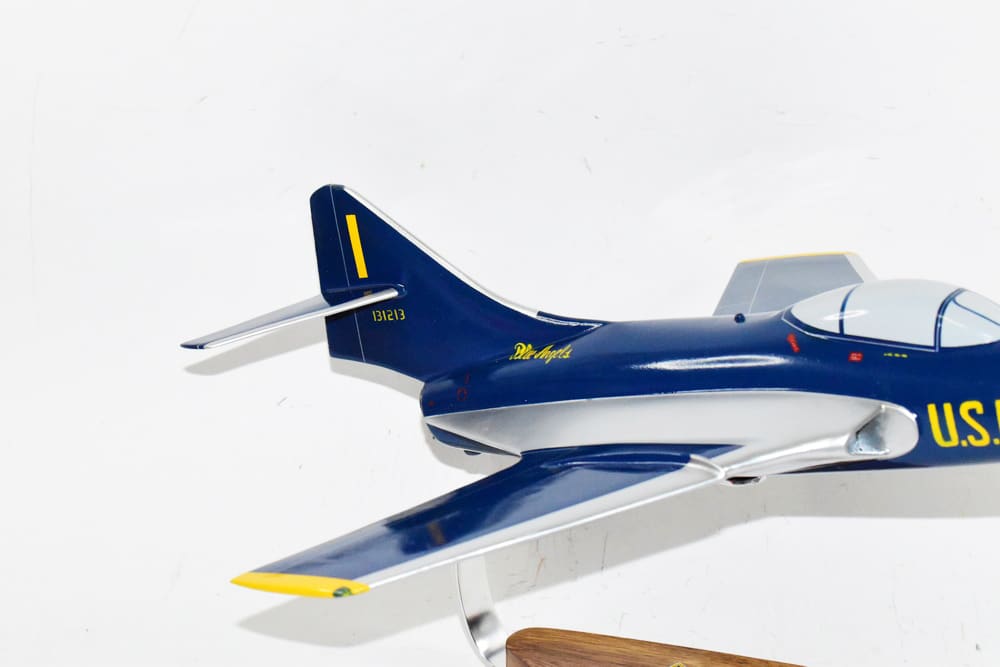
Blue Angels F-9 Cougar Model - Squadron Nostalgia

Wings Over the Rockies Air & Space Museum
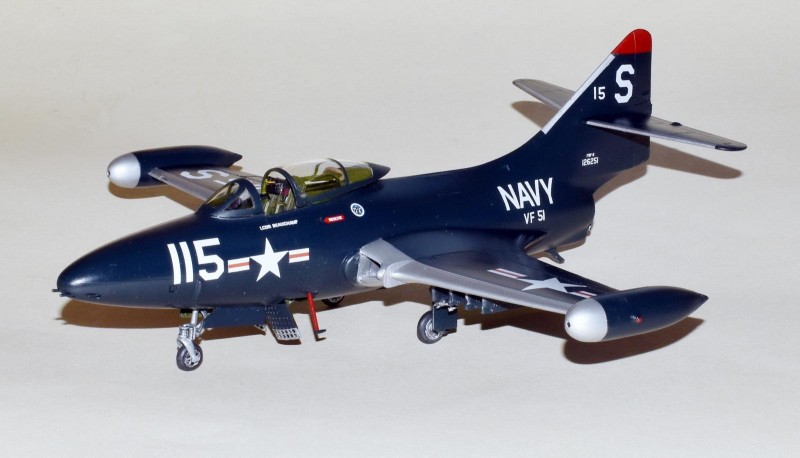
F9F Database - Page 2 - Grumman F9F Panther - iModeler